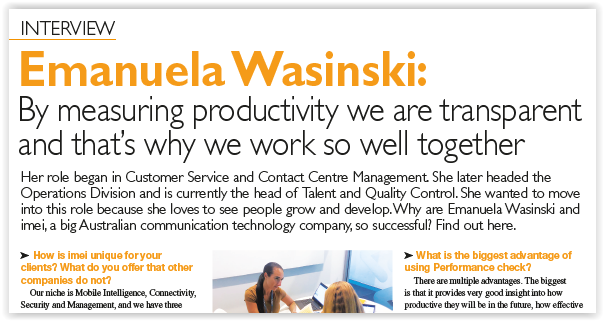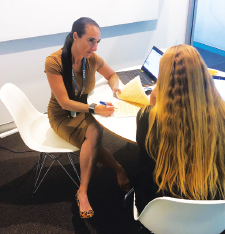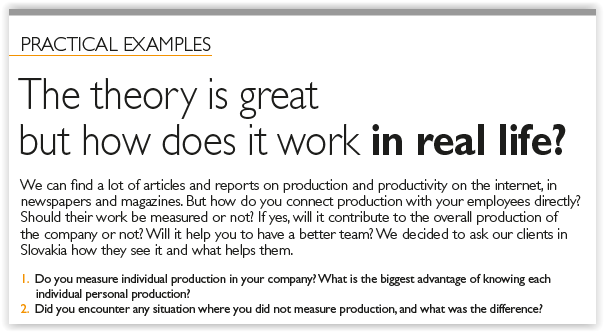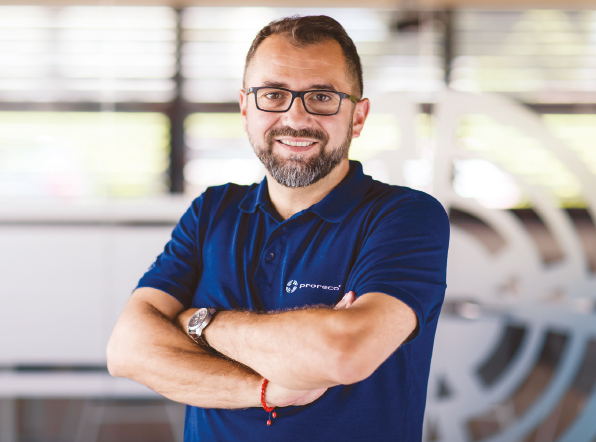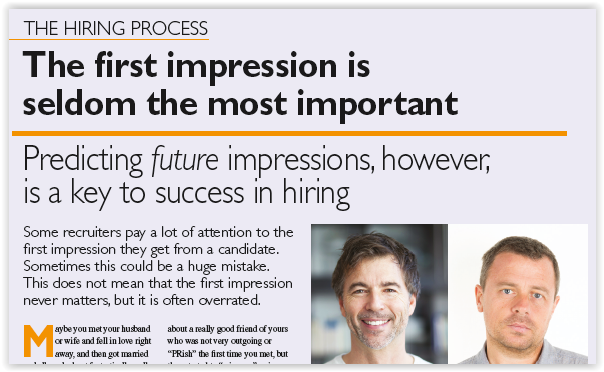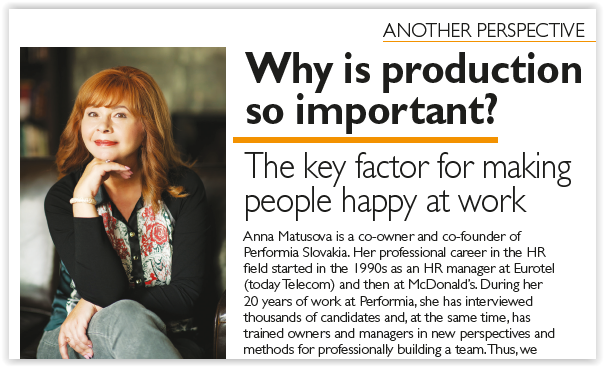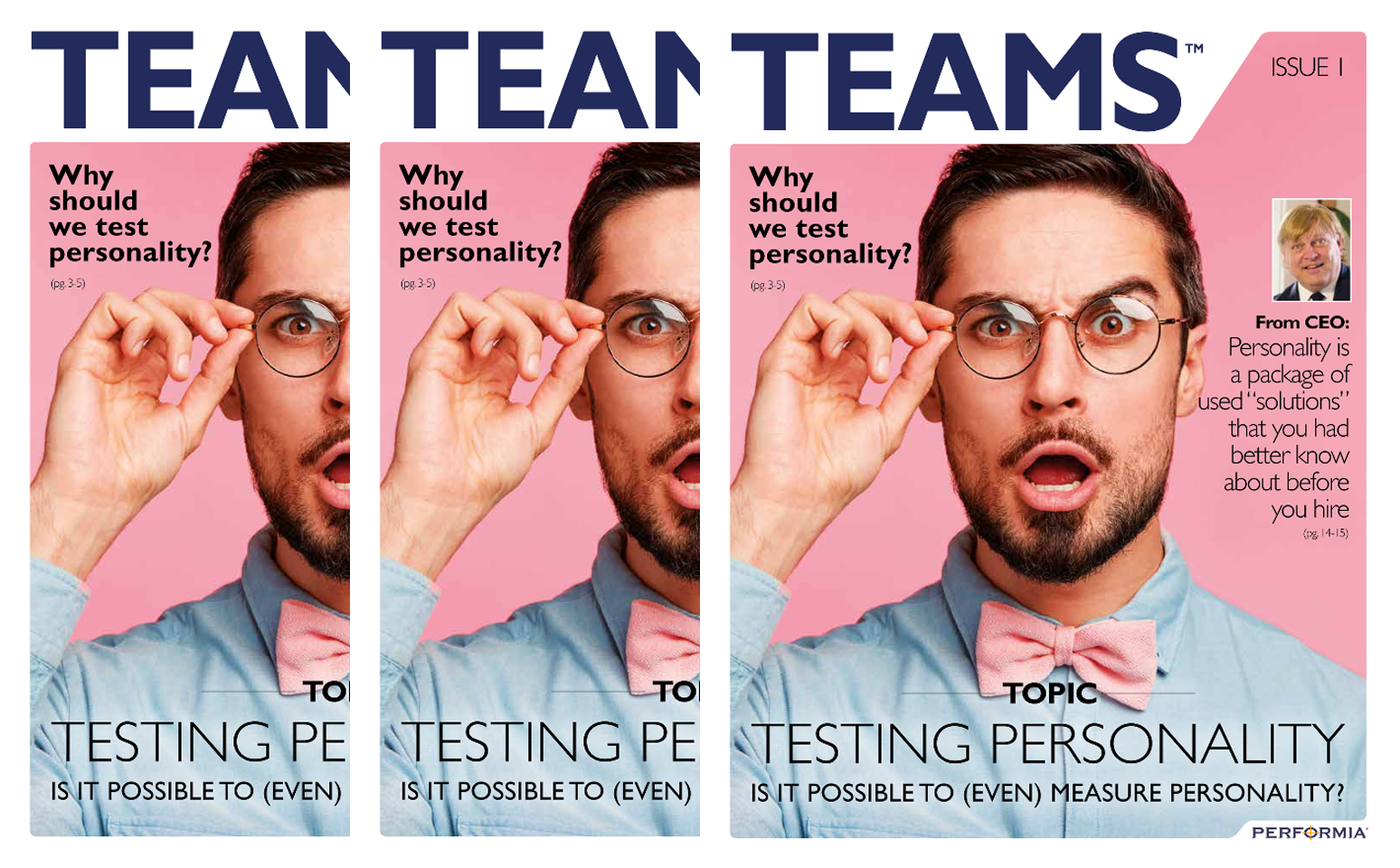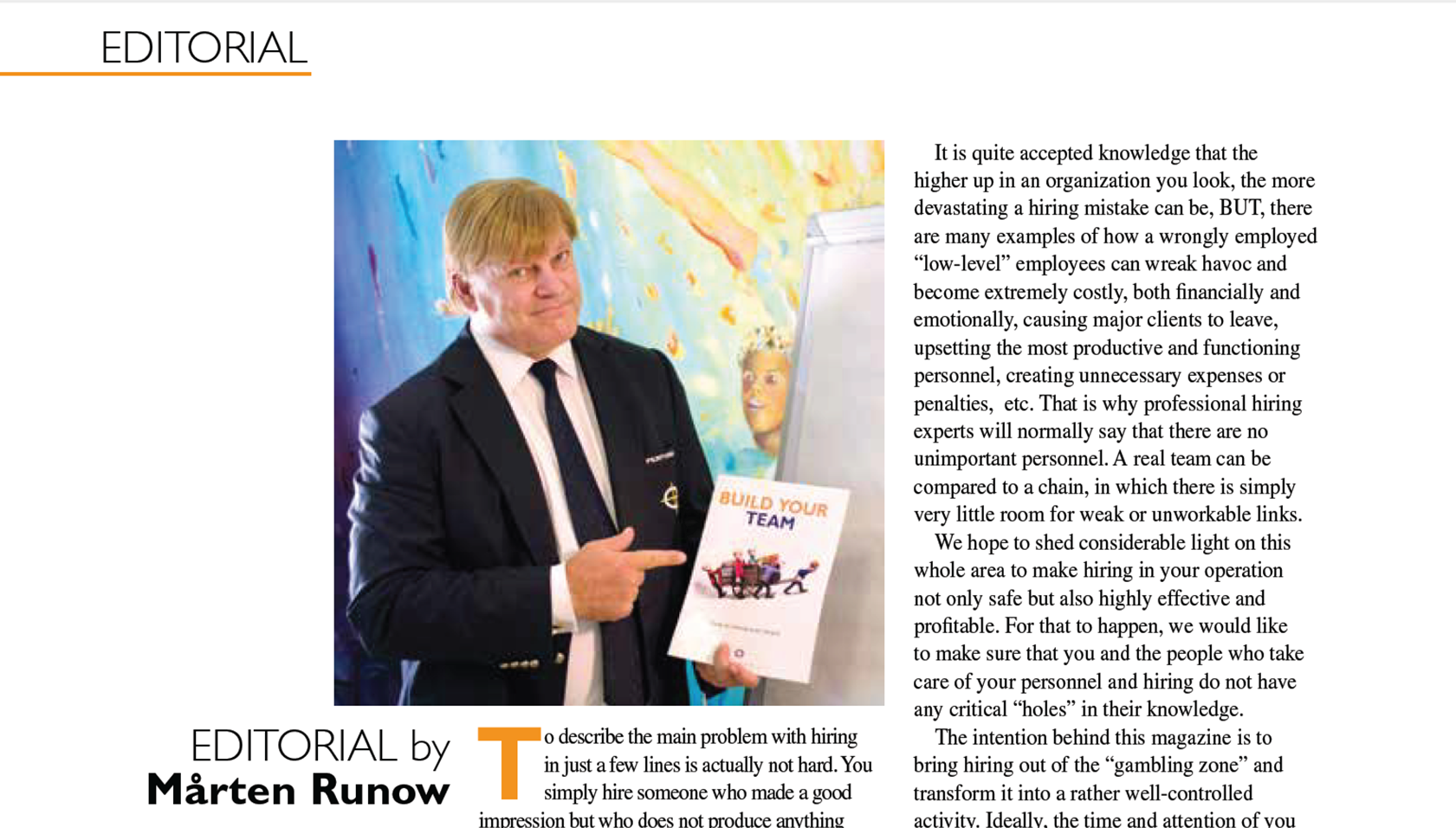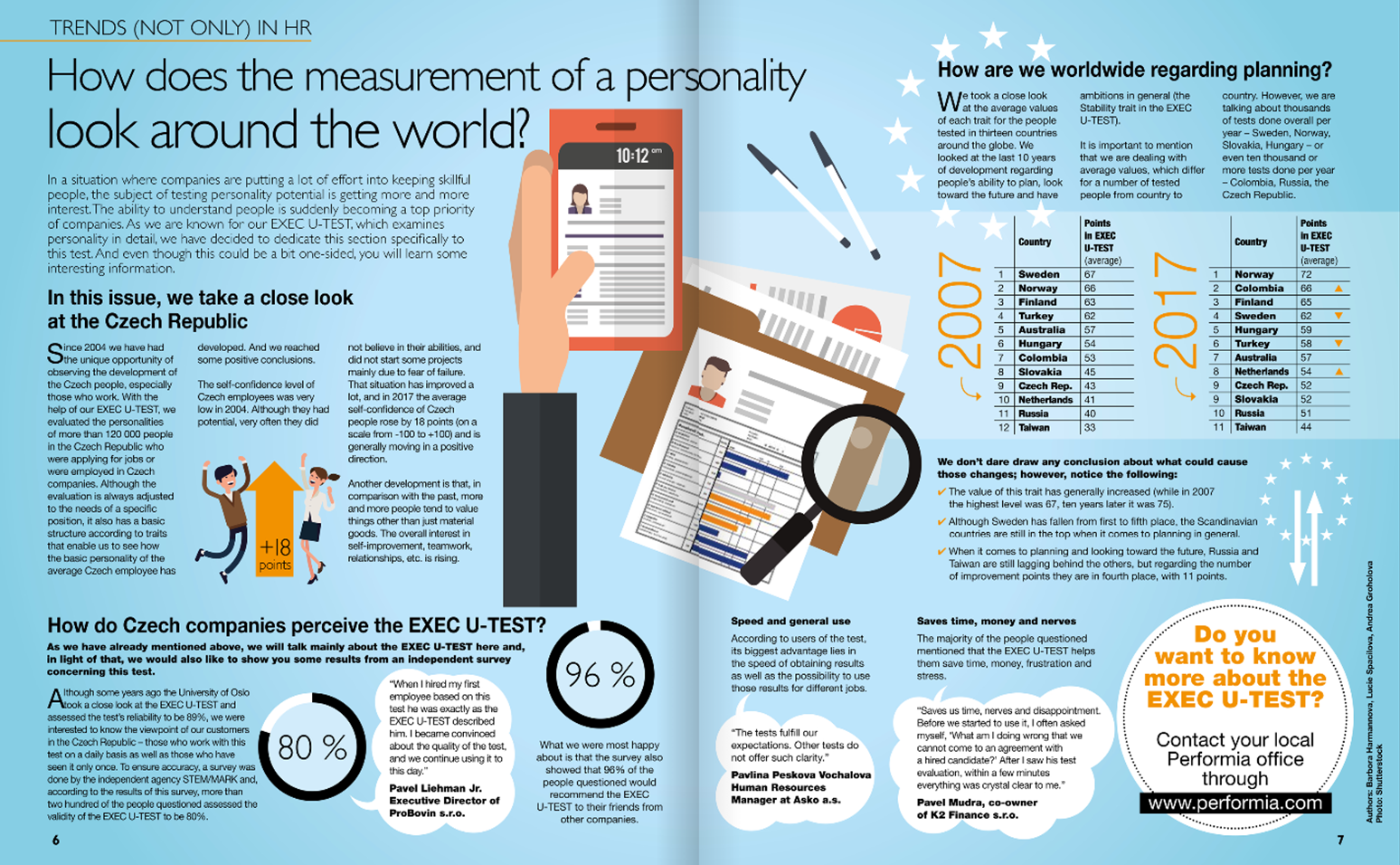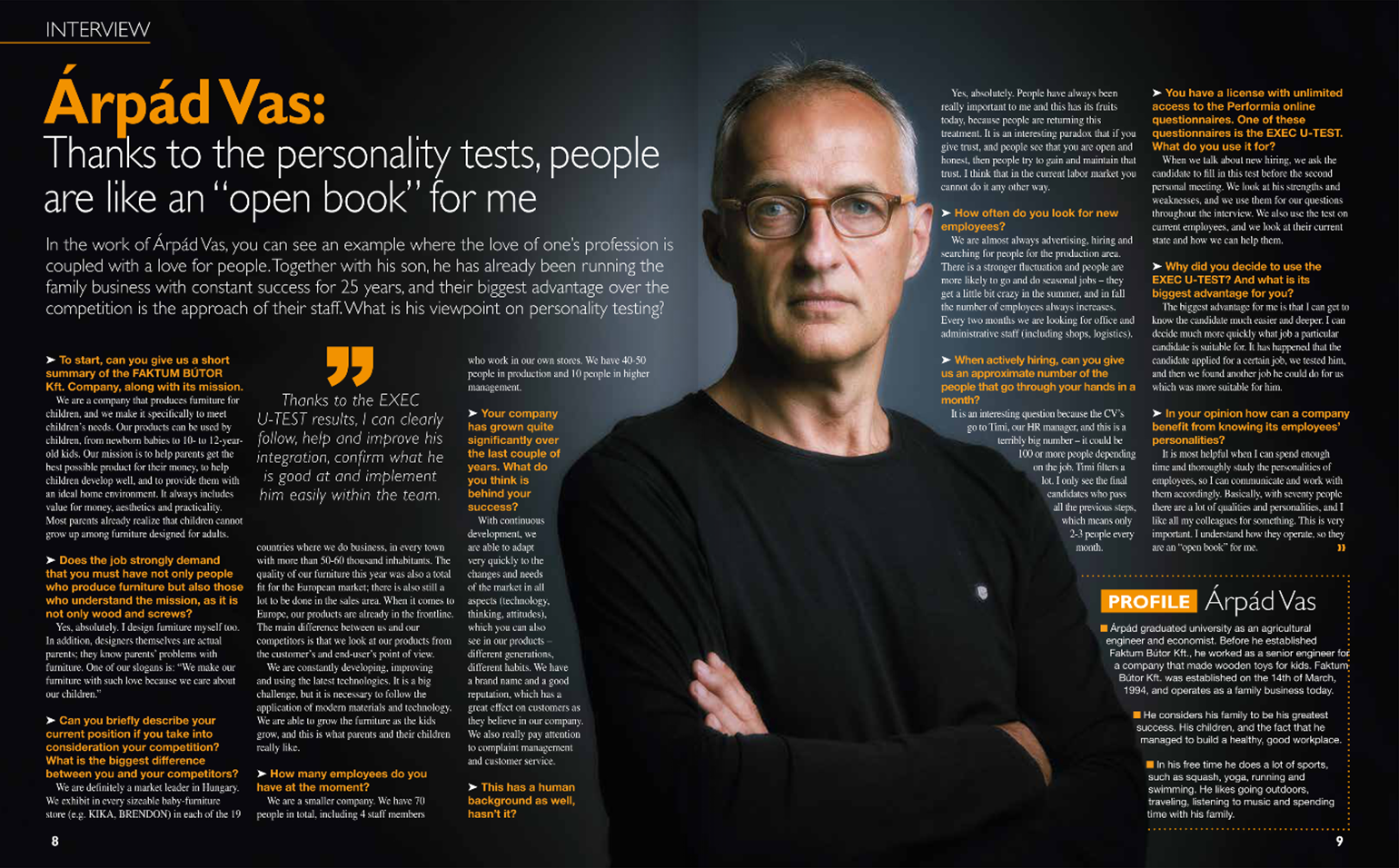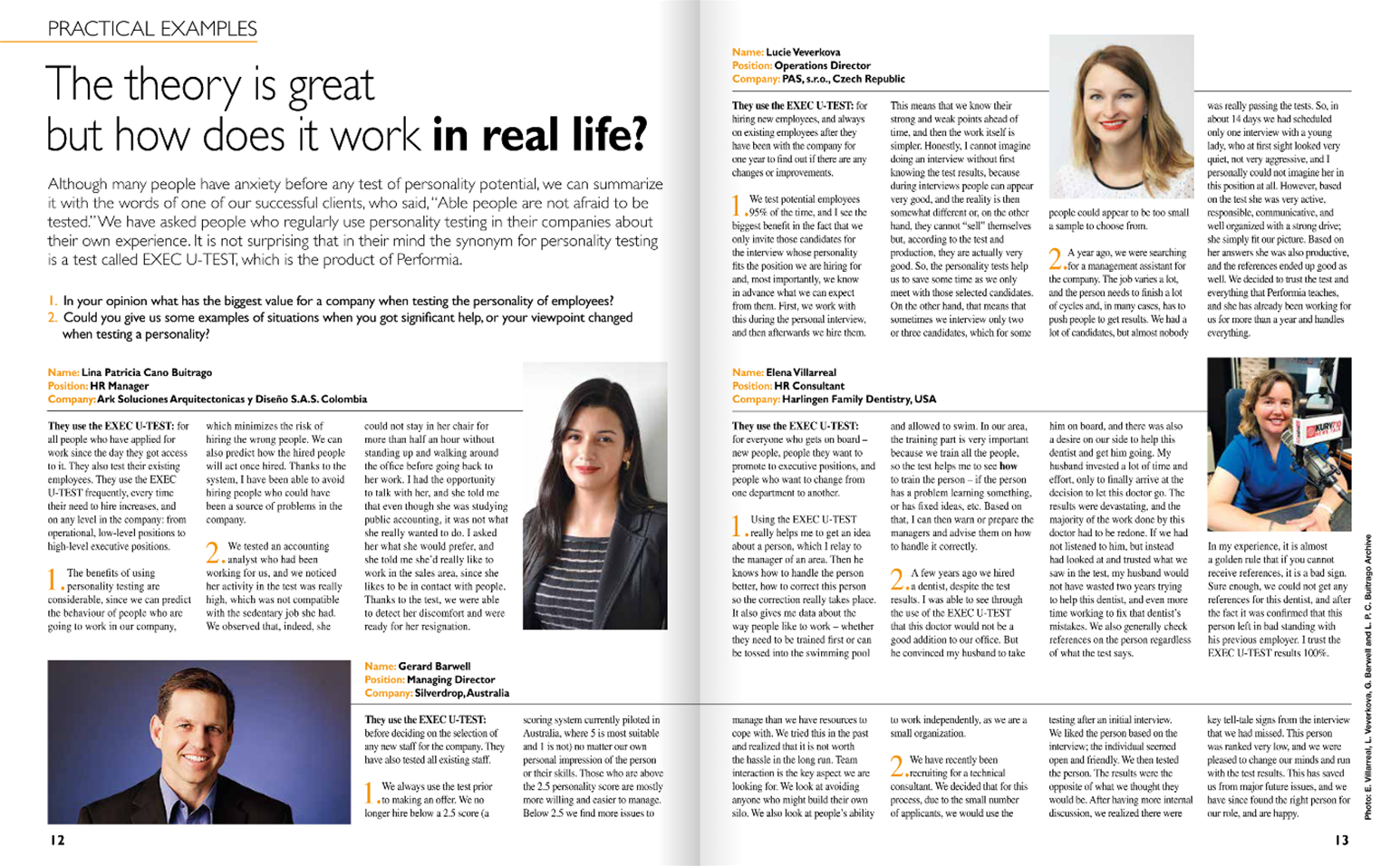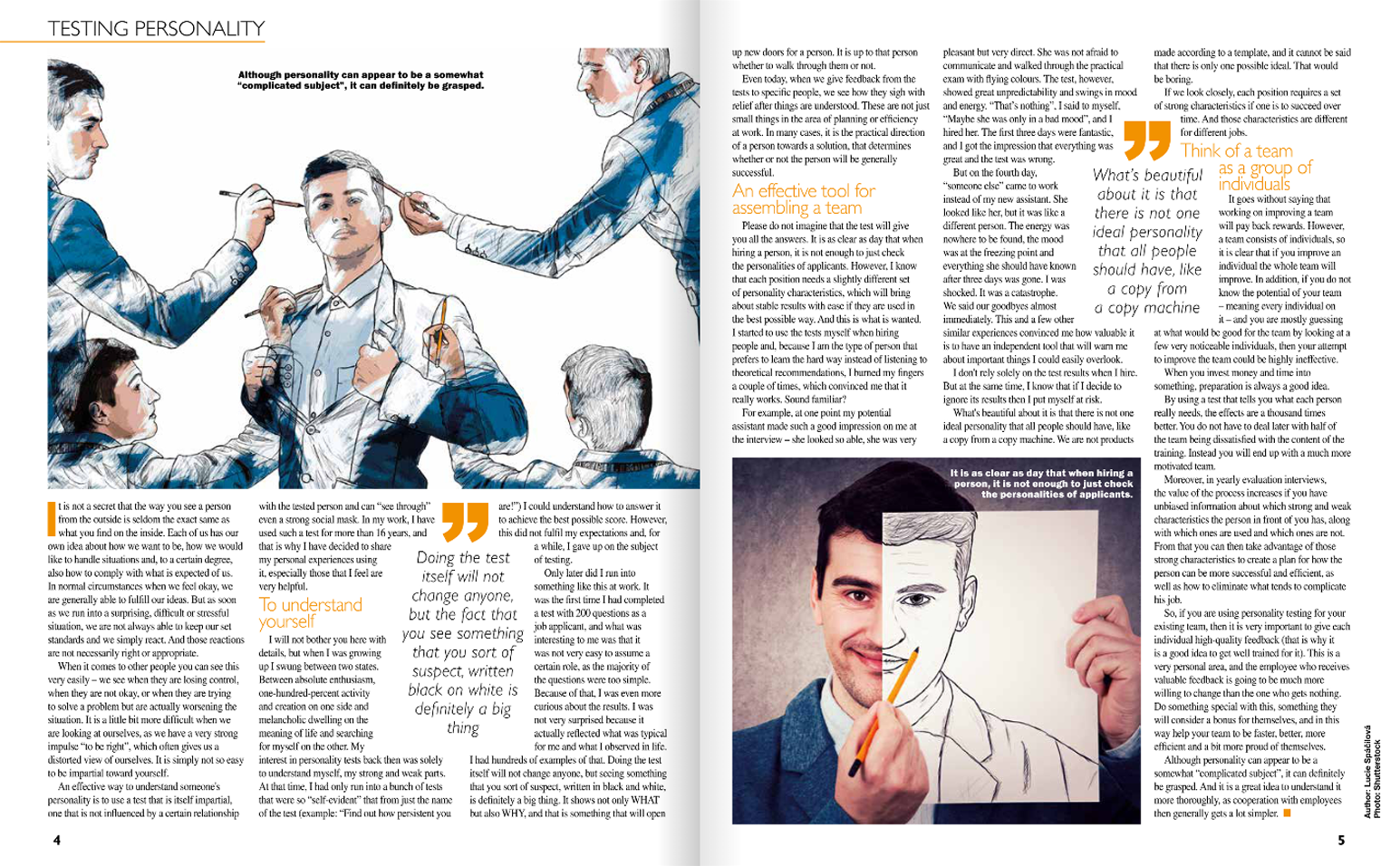
Proč vlastně testovat osobnost?
„Není testování osobnosti tak trochu divné?“ napadne každého, kdo někdy přemýšlel o tom, co je to vlastně osobnost a kde se bere. „Divné“ to není, ale jen ve chvíli, kdy měříte tím správným metrem a víte, jak se na výsledek dívat.

© Shutterstock
Osobnost se možná zdá jako trochu komplikovaný „předmět“, ale rozhodně není nepochopitelný.
Asi není tajemstvím, že to, co vidíme u člověka navenek, není vždy to, co je uvnitř. Každý máme určitou představu o tom, jací chceme být, jak bychom rádi zvládali situace, a snažíme se do jisté míry také vyhovět tomu, co se od nás očekává. Za běžných okolností, kdy se cítíme v pohodě, se nám vesměs daří dostát svým představám. Když se ale dostaneme do překvapivé, náročné nebo stresové situace, naše nastavené standardy jsou neudržitelné a nastupují jednoduše reakce. A ne vždy jsou tyto reakce správné a adekvátní.
U druhých toto můžeme pozorovat poměrně snadno – vidíme, kdy ztrácí kontrolu, nejsou v pohodě nebo si někde problémy přidělávají právě ve chvíli, kdy se je snaží vyřešit. U sebe samých je to už trochu složitější, protože máme silný impuls „mít pravdu“, který nám často zkresluje objektivní obraz sebe samého. Není prostě snadné být nezaujatý sám k sobě.
Tou efektivní cestou, jak porozumět něčí osobnosti, je použít test, který je sám o sobě dost nestranný, není ovlivněn specifickým vztahem k testovanému a dokáže prorazit i silnou sociální masku. Já takový test ve své práci používám už více než 16 let, a proto jsem se rozhodla se s vámi podělit o své osobní zkušenosti s ním, hlavně o ty, které dnes vnímám jako velmi přínosné.
Porozumět sám sobě
Nebudu vás tu zatěžovat detaily, ale v době dospívání jsem se pohybovala mezi dvěma stavy. Mezi naprostým nadšením, stoprocentní aktivitou, iniciativou a tvořením a na druhé straně melancholickým přemítáním nad smyslem života a hledáním sebe sama. V té době jsem se zajímala o osobnostní testy v touze porozumět sama sobě, pochopit své talenty a slabá místa. Tehdy jsem narazila jen na hromadu testů, které byly tak „průhledné“, že jsem z názvu testu (například „Jak jste vytrvalí?“) pochopila, jak mám odpovídat, abych dosáhla toho nejlepšího možného výsledku. To však nenaplnilo má očekávání, a tak jsem na nějaký čas testy zavrhla.
Až později v práci jsem se opět s něčím takovým setkala. Ano, už asi tušíte. Poprvé jsem jako uchazeč o místo vyplnila test o 200 otázkách a zajímavé pro mě bylo už to, že nebylo příliš možné stylizovat se do nějakého vzoru, protože většina otázek byla až příliš jednoduchá. O to zvědavější jsem byla na výsledek. Moc mě nepřekvapil, protože prostě odrážel to, co bylo pro mě typické a co jsem pozorovala v životě. Měla jsem k tomu stovky příkladů. Absolvování testu nikoho nezmění, ale to, že se někde černé na bílém objeví to, co tak nějak tuší, je definitivně zásadní okamžik. Nepředloží pouze CO, ale také PROČ, a to je něco, co člověku otevře nové dveře, i když je jen na něm, zda jimi projde, nebo ne.
„Samo absolvování testu nikoho nezmění, ale to, že se někde černé na bílém objeví to, co tak nějak tuší, je definitivně zásadní okamžik.“
I dnes, když předáváme zpětnou vazbu z testů konkrétním osobám, vidíme, jak přichází úleva poté, co se věci ujasní a pojmenují. Nejsou to jen drobnosti v oblasti plánování nebo efektivity práce, často je to praktické nasměrování na řešení, které rozhoduje o celkovém úspěchu, nebo neúspěchu člověka.
Efektivní nástroj pro sestavování týmu
Prosím, nepředstavujte si nic, co by bylo podobné filmu „Jáchyme, hoď ho do stroje“. Je nad slunce jasné, že to, co stačí při najímání prozkoumat, není pouze osobnost uchazečů. Nicméně vím, že každá pozice vyžaduje trochu jiné vlastnosti, které přináší stabilní výsledky s lehkostí, jsou-li optimálně využívány, a to je žádoucí. Sama jsem začala testy používat při najímání lidí, a protože jsem člověk, který nejvíce ocení raději vlastní pozorování než teoretické doporučení, natloukla jsem si párkrát nos, abych se přesvědčila o tom, že to opravdu funguje. Znáte to?
Já ano! Kdysi na mě jedna má potenciální asistentka na pohovoru zapůsobila tak schopně, byla příjemná a přitom přímá. Nebála se komunikovat a praktickou zkouškou přímo prokráčela. Test však ukazoval vysokou nepředvídatelnost a výkyvy nálad i energie. „No nic, třeba měla špatnou náladu,“ řekla jsem si a přijala ji. První 3 dny to vypadalo skvěle a já nabyla dojmu, že je vše v pořádku a test se mýlil.
Ale už čtvrtý den místo nové asistentky přišel do práce někdo jiný. Vypadal jako ona, ale byl to jiný člověk. Energie nikde, nálada na bodu mrazu a vše, co po třech dnech měla vědět, jako by se vytratilo. Byla jsem v šoku, byla to katastrofa. Téměř okamžitě jsme se rozloučili. Tato a dalších pár takových zkušeností mě přesvědčily o tom, že mít nestranný nástroj, který mě upozorní na důležité věci, které bych snadno přehlédla, je geniální.
Nespoléhám se jen na test, protože i v tom mám své osobní zkušenosti, ale rozhodně vím, že ignorovat výsledky můžu jen na vlastní nebezpečí.
„Krásné na tom je, že neexistuje jediná ideální osobnost, kterou by měli mít všichni jako přes kopírák.“
Krásné na tom je, že neexistuje jediná ideální osobnost, kterou by měli mít všichni jako přes kopírák. Nejsme výrobky ze šablony a není možné říct, že existuje jediný možný ideál. To by byla mimochodem strašlivá nuda. Ani nelze spočítat, kolik specifických pracovních pozic na světě existuje, které využívají každá jiné silné stránky osob, které je zastávají.
Tým berte jako skupinu jednotlivců
Pracovat na zlepšování týmu se vyplácí, to je nezpochybnitelné. Tým se však skládá z jednotlivců a je tedy jasné, že když se zlepší každý jednotlivec, zlepší se také celý tým. Pokud však neznáte dobře potenciál svého týmu, tedy každého jednotlivce v něm, a spíše odhadujete, co by týmu prospělo, podle několika výrazných jednotlivců, může být taková snaha zlepšit tým velmi neefektivní.
Když do něčeho investujete finance a čas, je vždy namístě velmi dobrá příprava, efekty jsou pak totiž mnohonásobně lepší. Nikdo totiž nechce ve finále řešit nespokojenost půlky týmu s náplní kvalifikačních akcí, protože mají pocit, že ztráceli čas.
Také roční hodnoticí pohovory získávají zcela jinou hloubku, když máte nestranné informace o tom, jaké silné stránky osoba sedící před vámi má, které z nich využívá a které zatím ne. Můžete tak spolu vytvořit plán, jak být úspěšnější a efektivnější díky těmto silným stránkám, ale také jak eliminovat to, co mu práci trochu komplikuje.

© Shutterstock
Pokud tedy využíváte testování osobnosti pro stávající tým, pak je nesmírně důležité dát každému jednotlivci velmi kvalitní zpětnou vazbu (proto je dobré pečlivě se na to kvalifikovat). Přece jen to spadá do roviny velmi osobních věcí a ochota zaměstnance, který dostane hodnotnou zpětnou vazbu, je výrazně vyšší než toho, kdo nedostane téměř nic. Udělejte z celé akce něco výjimečného, něco, co budou pro sebe vnímat jako bonus, a pomozte tak svému týmu být rychlejší, lepší, efektivnější a také sám na sebe o kus víc hrdý.
Osobnost se možná zdá jako trochu komplikovaný „předmět“, ale rozhodně není nepochopitelný. A vůbec není špatný nápad mu více porozumět, protože spolupráce se pak zpravidla výrazně zjednoduší.
